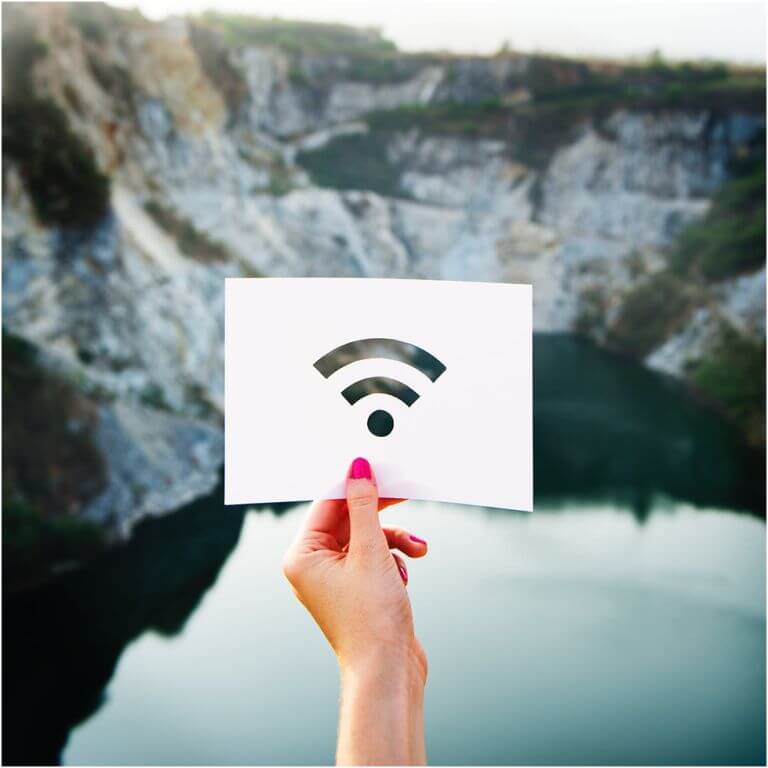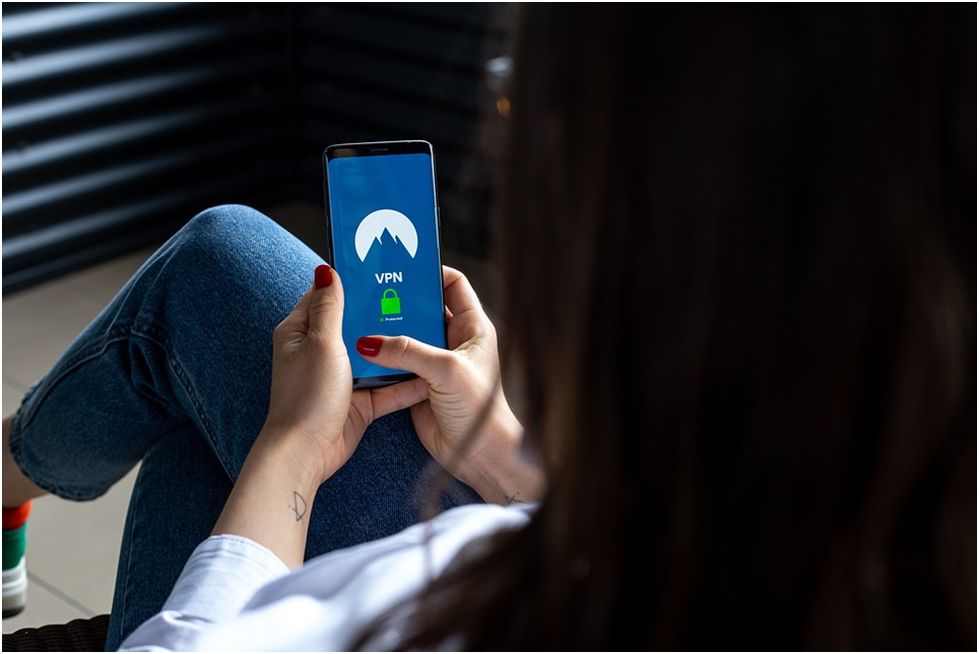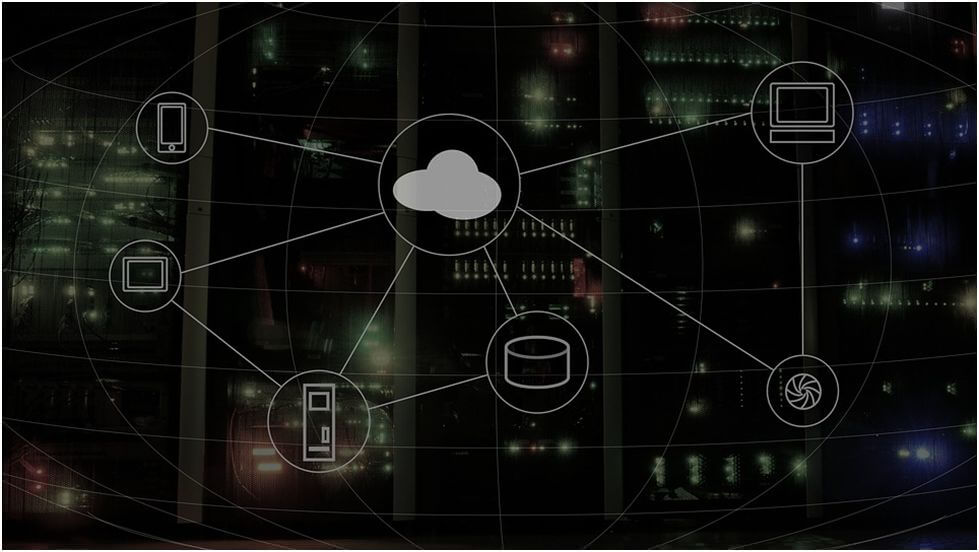
Only four months into 2024 and the world is already buzzing with news of technological developments. Unfortunately, hoverboards still have a long way to go, but the past few years have seen the rise of machine learning, artificial intelligence (AI), Internet of Things (IoT), and many more. So, let’s examine some of these tech trends that are set to reshape the world by the end of this year.
Incorporation of AI
AI-powered Internet of Things opens up countless possibilities. The appeal of IoT lies in its ability to connect everything to the internet. The appeal of AI lies in its data processing speed. So it’s easy to see why people are getting increasingly interested.
The number of IoT devices is on the rise, and they generate vast amounts of data. That data, therefore, needs to be processed to be useful – this is where AI comes in.
AI serves to process the data and generate a useful response. With the improvements in machine learning, AI can detect anomalies in the data generated by IoT devices and notice patterns. It can learn over time and improve, providing more accurate and significant insight.
AI and IoT are already interconnected to an extent, and 2024 is set to see this trend take off. Businesses are already relying on both of these developing technologies. By the end of the year, it’s expected that AI-powered IoT will be more present in homes as well.
5G is Taking Over

5G, or the fifth generation of mobile connectivity, has been the center of attention recently. But what are its implications?
Primarily, 5G allows for faster internet access. Everything, from smartphones, to smart appliances, and smart cars, can now connect to the internet more quickly and securely. This means you get tighter control over connected devices. Data can be gathered, analyzed, and managed with next to no latency. For example, vehicles will be able to communicate with each other in real time, working together to manage traffic and increase safety.
While 5G will not overtake 4G immediately, it’s expected that 4G networks would be phased out. Similarly to the way that 4G phased out the 3G network.
Growing Focus on Cybersecurity

Cybercrimes are becoming more common nowadays. And with the rise of devices connected to IoT, there are more vulnerabilities and more threats to pay attention to.
While it’s believed that targets for cyberattacks are usually high-profile people and companies, most of the time this is not the case. Hackers usually aim for easier targets like small business owners.
With small and medium companies incorporating IoT into their offices, there’s a growing concern for cybersecurity. All the sensitive information, financial status, transactions, client information, etc. are typically stored in a computer or a cloud. Making cybersecurity an understandable concern.
The rise of IoT in healthcare means social security numbers, medical history, and insurance details are accessible through the internet. This is why constant security updates are a necessity.
The Rise of Smart Cities
Smart phones, cars, and homes are already a staple today. The next step is focusing on creating smart cities.
IoT technology has allowed us to develop entire internet-connected cities. Chicago already has plans in the making for creating a smart city, for example. Countless sensor nodes on the streets will be able to gather data about air quality, traffic, temperature, water levels, and more. All the information is set to be available for the public to access and analyze.
This is expected to have great implications for improved quality of life. Remote monitoring, for example, could improve ambulance response time, inform authorities of collisions, potholes, etc. The smart city initiative is expected to gain momentum around the world by the end of the year.
Edge Computing Takes Over the Cloud

Cloud computing has allowed for centralized data storing. It quickly became a popular solution globally, but there’s to be a paradigm shift here.
Edge computing creates “micro-centers” for storing data locally that can be accessed quickly and easily. Combined with the 5G network, it ensures minimal latency. Edge computing will prove to be most beneficial in manufacturing or public security, for example. It will provide complex, real-time data, and allow for better decision-making.
Overall, 2024 is set to bring many changes to the world of IoT. 5G network, edge computing, and other developments will greatly affect many industries and even the daily lives of people around the world.
But all of these smart devices mean increased security risks. It will also be more difficult to protect your privacy as IoT technology progresses further. So users need to stay informed about the possible risks and threats and take proper security measures.
Current trends in security rely heavily on mobile VPN . It establishes a secure and encrypted connection with any network and ensures safe data transfer. This way, your phone cannot be hacked so you can safely connect to all the smart devices around you.